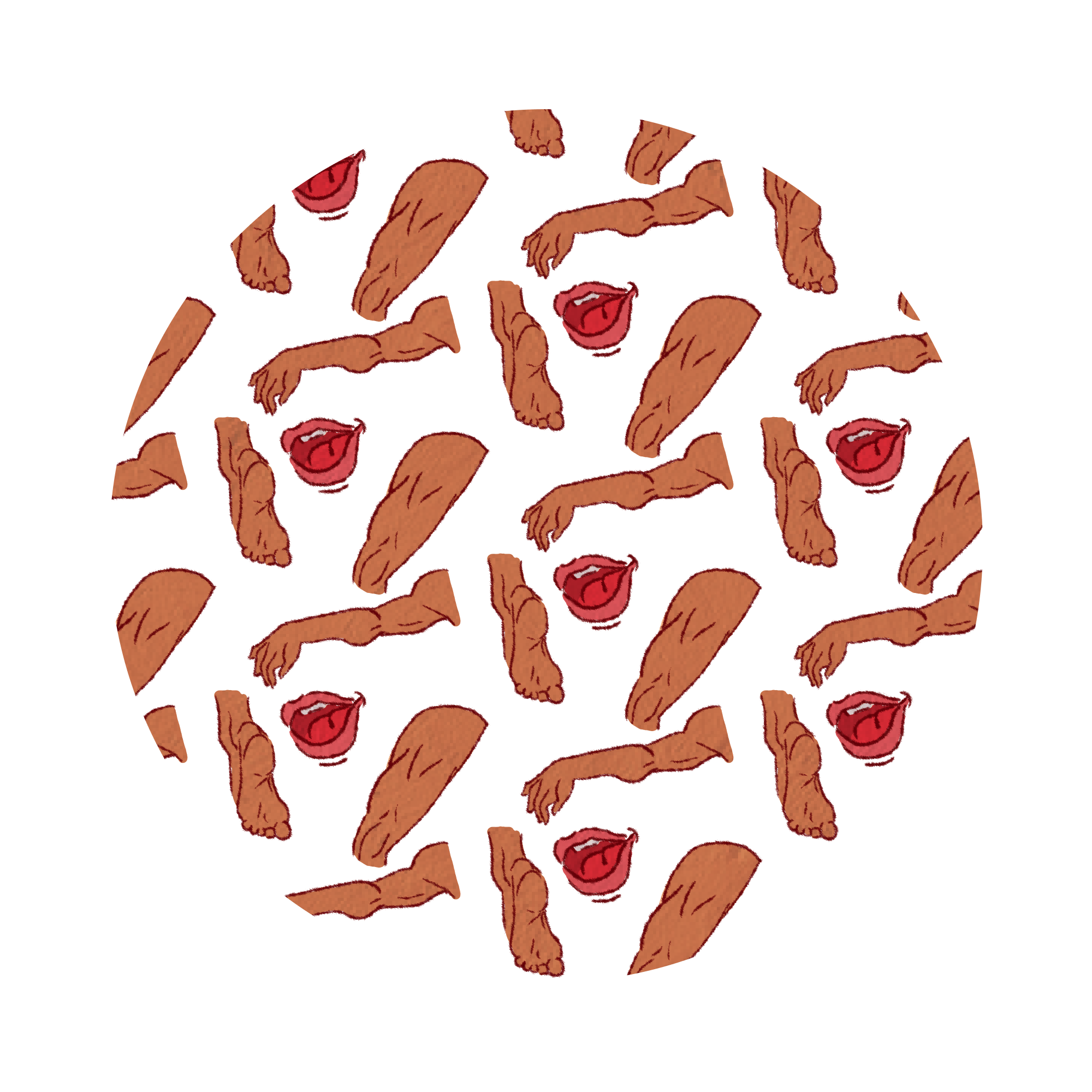From Chaos to Order
Shashank Shirol - Authorshashank.shirol@osqledaren.se
Pranav Kalambi - Illustratorpranav.kalambi@osqledaren.se
What existed before the beginning of all things? What are the origin stories of our universe? Who created everything that exists? These are some of the most fascinating questions that mankind has struggled with for a long time. Today, we have scientific explanations as to how the universe came to be, but looking several centuries back we uncover an interesting pattern: A lot of ancient mythologies have a very similar origin story; the story of how everything came to be; the story of how this universe was created. In this article, we will take a look at three creation myths – Norse, Greek, and Hindu.
Purusha Sukta
Hinduism comprises a wide range of viewpoints about the origin of life, creationism, and evolution. There isn’t one story of creation, but a variety of theories. Many Hindus treat these scriptural versions as metaphors rather than the actual truth.
We take a look at one such legend, from the ancient collection of Vedic Sanskrit hymns, the Rigveda. The Purusha Sukta is a hymn from the Rigveda that describes the sacrifice of a primeval being called Purusha, who was said to have a thousand heads, eyes, and feet, indicating the cosmic nature of the sacrifice. Different parts of Purusha’s body became the various elements of the universe, such as the sky, Earth, and Gods. Gods in Hindu mythology represent different aspects of the divine and work together to maintain the cosmic order.

Ymir, the giant
The Norse creation myth centers around the primordial void, Ginnungagap, from which the giant Ymir was born. Ginnungagap lay between the homeland of elemental fire, Muspelheim, and the homeland of elemental ice, Nilfheim. While Ymir slept, he birthed more giants from his legs and the sweat of his armpits. Then came Burí, created by a cow named Audhumla, the first of the Aesir tribe of Gods. Buri’s son, Bor, married a giant, Bestla, and had three sons: Odin, Vili, and Vé, who were half-giant and half-god. The Gods Odin, Vili, and Vé created the Earth from Ymir’s flesh, the sky from his skull, and various elements from his blood. Accordingly, Norse Gods play an active role in shaping the world, establishing order, and giving purpose to humanity.

The primordial chaos
In the beginning, there was chaos, nothingness, a void. It was from this void that the first Greek Gods emerged. From chaos, the early primordial beings materialized: Gaia (Earth), Tartarus (underworld), and Eros (love). Gaia gave birth to Uranus (sky), who became her consort. Together, they birthed the Titans, Cyclopes, and Hecatonchires. Cronus, one of the Titans, overthrows Uranus, leading to a struggle for power. Zeus, the son of Cronus, eventually becomes the ruler of the Gods. The story of the creation of humans involves Prometheus molding humans from clay and Athena breathing life into them. The Gods in Greek mythology are powerful beings with human-like qualities. They are involved in mortal affairs and often intervene in human lives.
Norse and Greek mythology depict a chaotic or primordial state from which the world emerges. In Norse mythology, it's Ginnungagap, while in Greek mythology, it's the initial chaos. On the other hand, Hindu mythology describes the cosmic sacrifice of Purusha as the universe’s origin. In all three mythologies, deities play a crucial role in the creation process. In Norse and Greek mythologies, Gods actively shape the world and its inhabitants. In Hindu mythology, the cosmic sacrifice of Purusha involves the participation of deities, and the entire universe is seen as a result of this divine sacrifice.
The creation of humans varies across these mythologies. In Norse mythology, humans (Ask and Embla) are created from trees. In Greek mythology, Prometheus molds humans from clay. In Hindu mythology, the four varnas (social classes) are said to emerge from different parts of Purusha's body, symbolizing the interconnectedness and hierarchy of society. The four social classes were divided based on an occupational structure. The concept of varnas is now more symbolic, and policies have been implemented to discourage discrimination based on caste. Nevertheless, the ancient mythologies continue to have an effect on modern India.
The Purusha Sukta uniquely emphasizes the theme of sacrifice, with Purusha willingly offering himself for the creation of the universe. This theme is less explicit in Norse and Greek creation myths, where the focus is more on the actions of the Gods in shaping the world.
While there are common themes such as the role of deities and the emergence of the world from a primordial state, each mythology has unique elements and perspectives on the creation of the cosmos, reflecting the cultural and philosophical nuances of their respective societies. What is fascinating is that these mythologies span different cultures which aren’t even geographically close. Experts believe that there are two reasons why this might be the case. First is that all these cultures descend from an ancestral culture and all the similar mythologies are derived from the mythology of the ancestral culture. Second, as psychoanalyst Carl Jung explains, there is a layer of the human mind in charge of habits, preferences and memories called the “collective unconscious.” This layer controls how we develop stories, which may have led to the creation of similar mythologies.
Regardless of the reasons for the similarities in themes of these mythologies, we gain profound insights into the human quest to comprehend the origins of existence, exploring the extent of human imagination across cultures and time.
Publicerad: 2024-01-08



